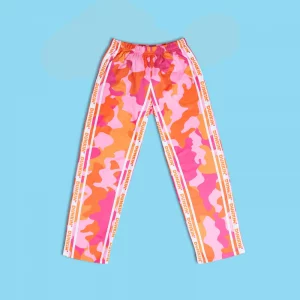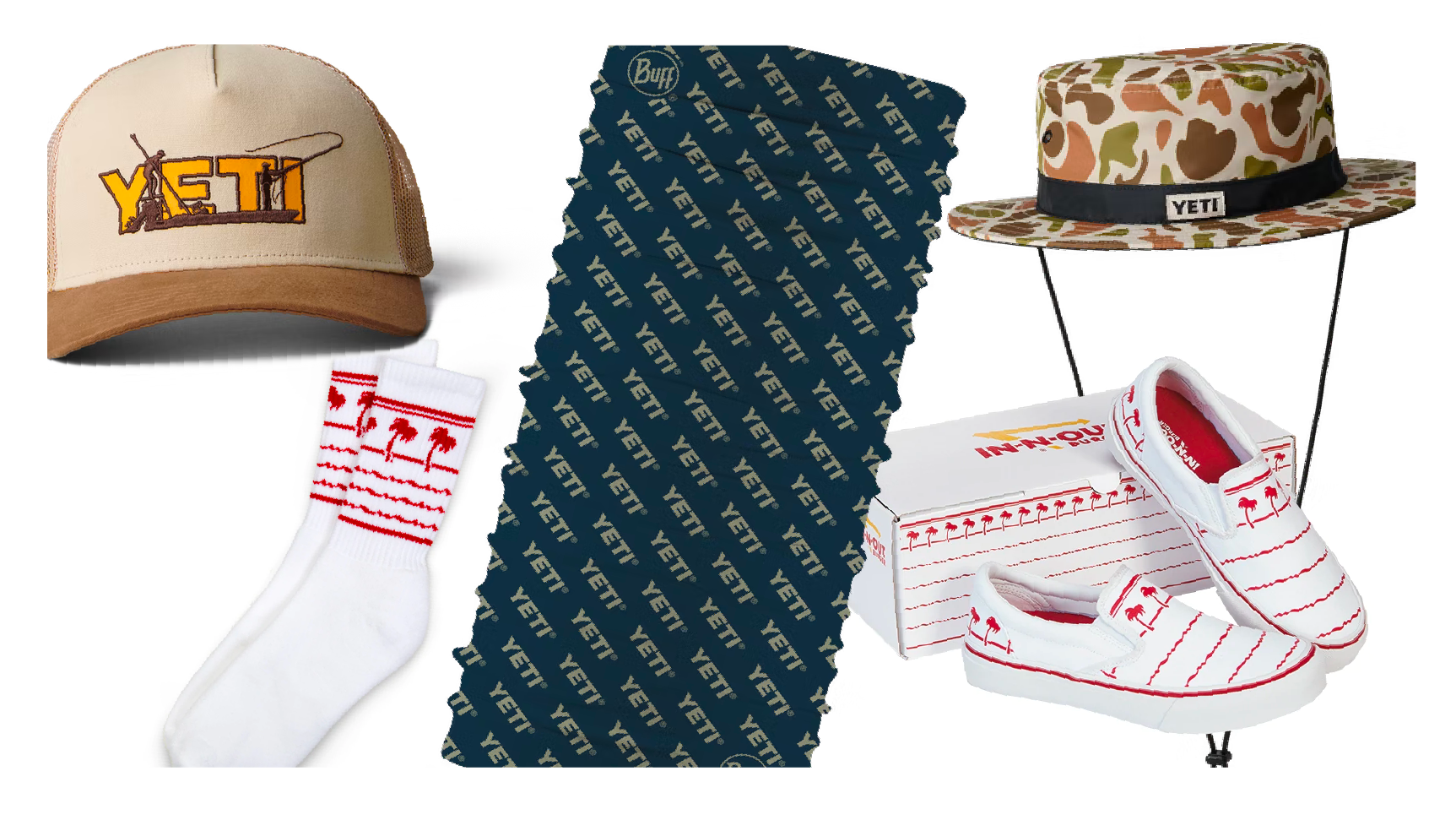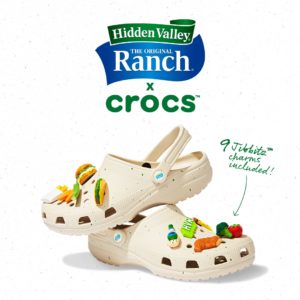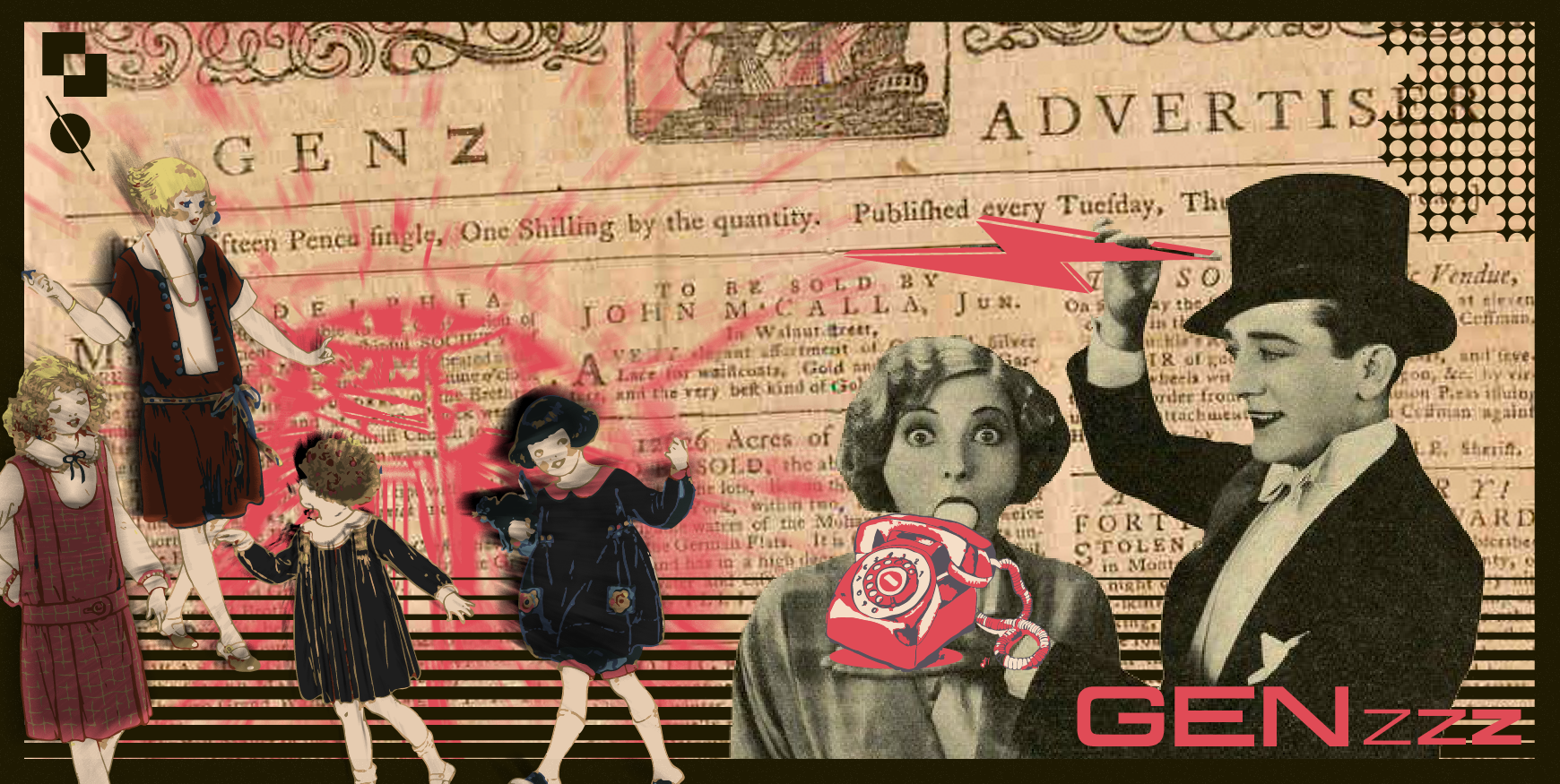Connecting with Gen Z can be difficult, especially when understanding them is almost impossible. Here are some tricks that will help your brand design apparel that will better target and represent this elusive generation, while pushing your brand’s awareness in the process.
Getting Gen Z to wear your apparel is important for your brand. Why? Because right now Gen Z makes up more than 68 million people (that’s over 20% of the U.S population!). But, most importantly, Gen Z is incredibly vocal and active on social media. If you can win over Gen Z you’re sure to get your fair share of positive brand awareness.
So the real question becomes how do you effectively design apparel that Gen Z will want to wear? Well, there are a couple different aspects you want to make sure you’re excelling in:
- Using design trends to your advantage
- Staying true to your brand
- Choosing the right apparel
- Collaborations
- Marketing that targets Gen Z, the correct way
- Make your apparel easy to get
1. Using design trends to your advantage
Gen Z is trendy. Not trendy like hip or cool (they may be that too), but trendy in a way where they’ve grown up with TikTok trends, political trends, and the idea that the masses are always moving in one direction. While this may seem like it makes them difficult to target because by the time you hop onto one trend, they’re onto the next, this is in fact not true – while TikTok trends only last a couple weeks, fashion trends, design trends, stylistic trends, and pop culture trends last long enough for you capitalize on. Gen Z’ers are paying attention to everything and just filtering out what applies to them, which can be multiple trends at a time.
Gen Z’ers are paying attention to everything and just filtering out what applies to them, which can be multiple trends at a time.
So as a brand, how do you capitalize on a generation that follows multiple trends at once? You have to find the popular trends that you can relate to your brand and your style.
But, like with TikTok dances, when a trend blows up and millions of people post the same video over and over, and only certain few versions go viral, having your version go big takes skill and targeting. The reason many do go big isn’t due to timing or being the first one to do the trend. It’s the posts/videos/designs that both use the trend and a touch or their own style. So, use this approach to designing with the trends.
Don’t just copy the design trend, take the trend and blend it with your design principles.
 Dunkin’ Donuts Camo Pajama Pants
Dunkin’ Donuts Camo Pajama Pants
Applying it to apparel:
Say the design trend is camo. Don’t just make a camo shirt with your brand on it. For example, Dunkin’ Donuts brand is known for its bright colors, repeated text, glyphs, and the idea of “comfy coffee.” So, they took this trend and made pajama pants that scream Dunkin’ Donuts more than they scream camo, but the trend is inarguably there.
2. Stay true to YOUR brand
Let’s be honest – no one wants to be associated with a fake. So why would you expect Gen Z to be any different? The only difference is Gen Z is REALLY good at spotting fakes. Gen Z has seen enough copycat TikToks, obvious ads, and wannabe-cool companies to spot the difference between an authentic brand, and a company that will jump ship at the first sight of a profitable trend. Don’t jump ship – sail your route, and find some land to call your own.
It might take a couple long, hard brainstorming sessions to really understand what your brand stands for, but Gen Z wants to represent a brand they stand with, not just a company they use. Once you find out what your brand stands for you need to live, breathe, and stick to that. Most importantly, your brand has to authentically stand for those ideals. You have to talk the talk and walk the walk.
Gen Z wants to represent a brand they stand with, not just a company they use.
This might seem like you’re isolating members who don’t agree with your stances, but not all stances need to be political, and taking any stance will generally win you more customers than those you’ll lose. Example: NIKE is almost equally liked by conservative and liberal Gen Z’ers, even during the Colin Kaepernick situation.
But if you never take stances or constantly flip-flop back and forth between brand ideals no one is going to associate with you, especially not Gen Z.
Applying it to apparel.
First step: Understand who your brand is
Second step: Use products that align with your brand
Third step: Use design styles and messages that align with your brand
For example: In-N-Out Burgers’ identity is the idea of the California dream (sunshine, palm trees, and a 90’s aesthetic).
YETI represents a gritty outdoorsy community. So their apparel line is full of hats and other necessary outdoorsy apparel with designs that match the style of their outdoorsy brand.

3. Using the correct apparel
There’s no single correct answer to what the correct line-up of apparel for your brand is, but there are multiple wrong answers.
You want apparel that doesn’t exclude your target audience. This generally means gender-neutral:
- T-shirts
- Hats
- Sweaters/hoodies
- Socks
- Sweatpants
- Overalls
- PJs
- Shoes
This also means you can brand fun non-clothing apparel:
- Skateboards
- Mugs
- Pint glasses
- Phone cases
- Pins
- Stickers
- Bandanas
- Plush pillows
- …anything your most creative team members can come up with.
The hard part becomes figuring out what mix of these options you should incorporate into your mech lineup. This is where knowing your brand becomes crucial. If your brand is edgy, try out some skateboards or beanies. If your brand is very outdoorsy, you need to have apparel that matches, like bucket hats and camping mugs.
While it might seem like bucket hats are the big trend, unless your brand aligns with that you’re better off going into a niche product that your brand stands behind, rather than disappointing your Gen Z supporters.
4. Using collaborations to your benefit
Gen Z may love your brand, but in order to keep their attention you need to do some fun, creative attention-grabbers, possibly with other brands they love. There’s no better way to reach new Gen Z members, and to get them excited about your apparel, than through collaborations. Gen Z loves collabs. Musical collabs are necessary in all popular albums now. Artists must collab in order to ever get big. Influencers, YouTubers, bloggers, everyone is doing collabs. So should your brand!
If you’re thinking to yourself, “Who would I collaborate with?” The answer is: Anyone! And get creative. You don’t need to have anything in common. Although, a connection might make it easier. Maybe you make custom water bottles with a water bottle company. Maybe you collaborate with a musical artist… or a digital artist. What about a custom knife collaboration with Cutco knives… are they still a thing? Collaborate with a TikTok influencer. Is custom collab cereal a thing? Literally, if you can dream it, you could probably collab it. But again remember, stay true to your brand.
Literally, if you can dream it, you could probably collab it.
One of my favorites is the Hidden Valley Ranch collaboration with Crocs. The Gen Z world is wild, so get creative with this one.
 Hidden Valley Ranch x Crocs Collab
Hidden Valley Ranch x Crocs Collab
5. Using the right type of marketing
So now that you have good-looking merchandise Gen Z will love, PLEASE don’t try marketing to them like their millennial older siblings. Gen Z will not react to traditional marketing positively. Gen Z doesn’t watch TV on a TV, Gen Z isn’t looking at your billboards, they’re likely not noticing your web ads. They scroll right past your Instagram ads. Gen Z’ers listen almost solely to their peers, on issues they really care about.
Influencers
This is where you utilize influencers. Gen Z is about twice as likely to purchase something brought to them by an influencer than millennials. Over a third of clothing purchases made by this generation was inspired by an online influencer.
You also do not need to be targeting the BIG influencers. Sure, Kim K or Lebron James would be pretty sweet repping your brand, but their prices are likely going to be too high. Gen Z also doesn’t trust these huge celebrities in the same way. You’re going to want to target mid-size to smaller influencers (2,000–20,000 followers), within the Gen Z group, who are in your target market.
Charitable Marketing
Gen Z also pays attention to issues they really care about. If you’re going to go down the charitable marketing route there are two key things to remember:
- Pick a charitable cause that relates to your brand. If you expect Gen Z to believe you care about this issue, you have to actually care about this issue and show you actually care about this issue.
- You still have to engage in forms of marketing that will target Gen Z: collaborations, influencers, viral social media campaigns, etc.
6. Making your apparel attainable.
If you want Gen Z to push your brand for you, you have to make your apparel incredibly easy to find, and even easier to purchase.
You have to make your apparel incredibly easy to find, and even easier to purchase.
Gen Z is known as the “omnichannel” generation among the retail scene. This is because they are actually incredibly likely to purchase online, in-store, through social media, or whatever way is easiest for them in the moment.
If Gen Z wants multiple channels to purchase, you’re going to need to have all of these channels available, otherwise they’ll likely go with another brand or option. This means your need to try to have:
- An Instagram store set up
- An easy-to-find part of your website dedicated to shopping
- Your collaborations sold on your collaborators site as well
- Some clothing in brick-and-mortar stores
- Partnerships with subscription services
- Social media giveaways
In other words, the more channels, the better.
Wrapping it up:
If you’ve read all the way to the end, nice! And you can do everything above successfully, your apparel will succeed within this generation, and your apparel will start generating buzz, awareness, and continue to push your brand to this crucial next generation.
If you have any other questions contact us. Here at VOLTAGE we specialize in designing apparel and being your partner in crime pushing your brand to new heights, even within this hard-to-understand generation.






 Dunkin’ Donuts Camo Pajama Pants
Dunkin’ Donuts Camo Pajama Pants
 Hidden Valley Ranch x Crocs Collab
Hidden Valley Ranch x Crocs Collab 


